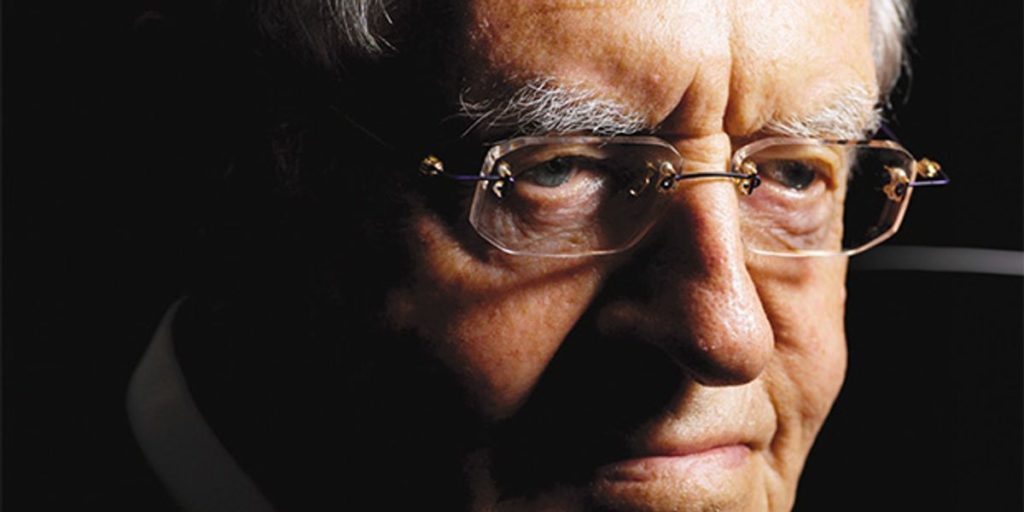What is arguably the most important invention of the 20th century remarkably occurred twice—and independently. Given the secrecy shrouding the Bell Labs device, there is no possibility Mataré and Welker could have been influenced by knowledge of it before July 1948, when news of the revolutionary invention became widespread. And it seems clear from the still-sketchy historical record that they indeed had a working, reliable amplifier by that time.
This dual, nearly simultaneous breakthrough can be attributed in part to the tremendous wartime advances in purifying silicon and, in particular, germanium. In both cases, germanium played the crucial gateway role, for in the immediate postwar years it could be refined much more easily and with substantially higher purities than silicon. Such high-purity semiconductor material was absolutely essential for fabricating the first transistors.
But the Bell Labs team had clear priority—and a superior physical understanding of how the electrons and holes were flowing inside germanium. That advantage proved critical to subsequent achievements, such as Shockley’s junction transistor [see “The Lost History of the Transistor,” IEEE Spectrum, May 2004], which was much easier to mass-produce with high reliability and uniformity. By the mid-1950s, nobody was trying to make point-contact transistors any longer, and the industry was moving on to silicon.
A factor crucial to success in the nascent semiconductor industry was the sustained innovation that flourished at Bell Labs—as well as at Texas Instruments and Fairchild Semiconductor—leading to silicon transistors and integrated circuits. And that required extensive infrastructure, both material and intellectual, to keep these companies at the frontiers of this fast-moving field. Such an infrastructure already existed in the United States after World War II because of its wartime radar efforts. But France had no comparable infrastructure and had to import talent from occupied Germany, which could not exploit its own radar expertise until the 1950s.
In the absence of any such advantages, it was inevitable that Europe’s fledgling transistor would soon be eclipsed by other, better semiconductor devices and eventually fade from memory.
About the Author
MICHAEL RIORDAN teaches the history of physics at Stanford University, in California, and the University of California, Santa Cruz. He is coauthor of Crystal Fire: The Birth of the Information Age.


